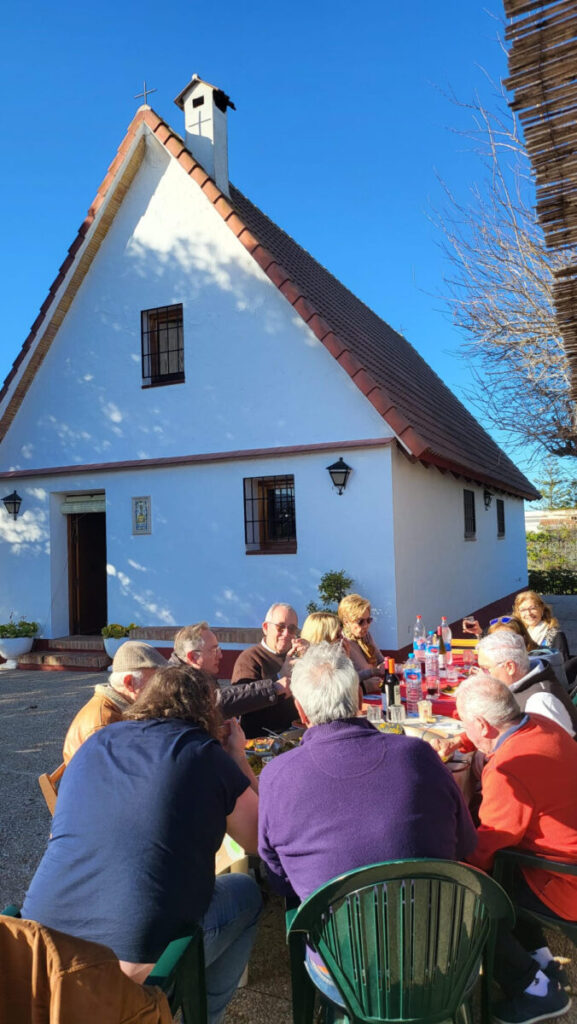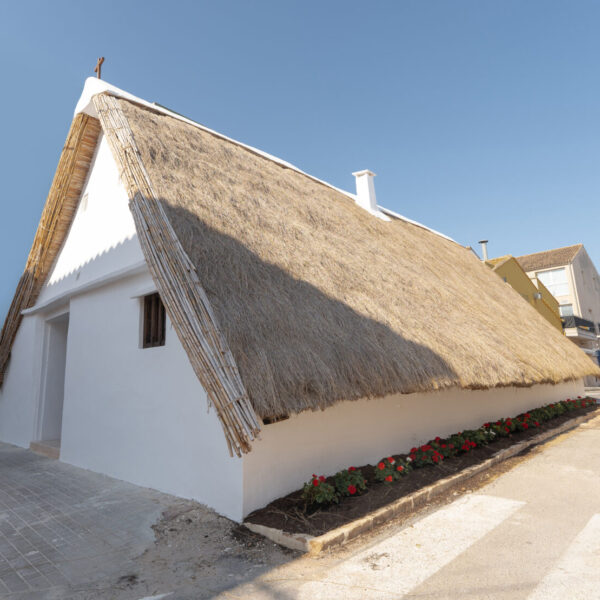In the midst of orange trees and irrigation canals, the pointed roofs of barracas still punctuate the landscape. These modest houses, popularized by Vicente Blasco Ibáñez in his novels from the late 19th century, are now threatened. Urbanization, political abandonment, and loss of collective memory have hastened their decline. Yet, a resurgence of interest, driven by engaged citizens and architecture enthusiasts, seems to be emerging.
Built from reeds and earth, they were the most modest dwellings, constructed by and for families of farmers or fishermen with limited means. “Throughout the 20th century, as living conditions for the population improved, they simply disappeared, replaced by brick houses, traditionally called alquerías in the huerta,” explains historian Enric Guinot, a professor at the University of Valencia.
For four years, Enric Guinot led the L’Horta de València chair, now dissolved, which aimed to catalog these constructions. Despite their inclusion in the local heritage catalog, protection remains theoretical. Some have been demolished, others abandoned. “The administration intervened on two of them, restoring the exterior without respecting the architecture or traditional materials. And after that, they didn’t know what to do with them,” he laments.
Local Engagement and Responsible Tourism
Where institutions have failed, private initiatives have taken over. The Club Alcatí, among others, actively advocates for the promotion of barracas. The association offers tourist circuits around these typical houses. It began with the Barraca Fang i Pallús, the first restored and transformed into a museum. “We are reclaiming this heritage because we believe it is essential to help all fishing associations and, above all, tourism,” explains Carmen Varas, director of the Club Empresarial Alcatí. Then it became the engine of Club Alcatí, a building from 1900 equipped with a motor that was used
to move a "tancat," intended to regulate the water entering and leaving a rice field and is still in operation, even though it has swapped steam for electricity.
But it is the Barraca del Tío Aranda that makes the association proud. Built in the 18th century and inaugurated in 2024 after a complete restoration. It now enjoys the same heritage protection as the Lonja de la Seda, the former silk exchange of Valencia built in the 15th century. “All the materials we use for restoration are natural,” Varas specifies. The barraca is completely sustainable.”
Another example, in Cullera, the travel agency Viajes Cúspide offers a day in a Valencian barraca, a private house. “My parents built it in 1992 (as a replica of traditional constructions) solely to spend the day with friends while cooking a paella. The people here know it as the Barraca de Alonso,” explains Aurora Alonso, director of the agency. “We end this circuit with a meal in our barraca, where we enjoy a real Valencian paella prepared on-site for our visitors.”
The Barraca of the 21st Century: A Revisited Icon
The contemporary reinvention of barracas also involves the academic world. In 2019, the Azalea Project, led by the Polytechnic University of Valencia, won first prize at the Solar Decathlon Europe with an ecological and modular barraca. “The biggest challenge was adapting a traditional dwelling to a modular construction,” says Santiago Sánchez, architect and project leader.
Designed with local and recycled materials such as wood, cork, or ceramics, this new generation barraca was assembled in 14 days. The result: a self-sufficient and carbon-efficient house. “Over a lifespan of 30 years, we estimate a reduction equivalent to 68 tons of CO₂,” explains Sánchez. I am sure this house is more than viable. The construction method is completely sustainable.”
Reviving these huts and their history also means giving a voice to the memory of the countryside and a way of life closer to the land.

Photo of the Day: Barraca Tío Aranda © Club Alcatí
